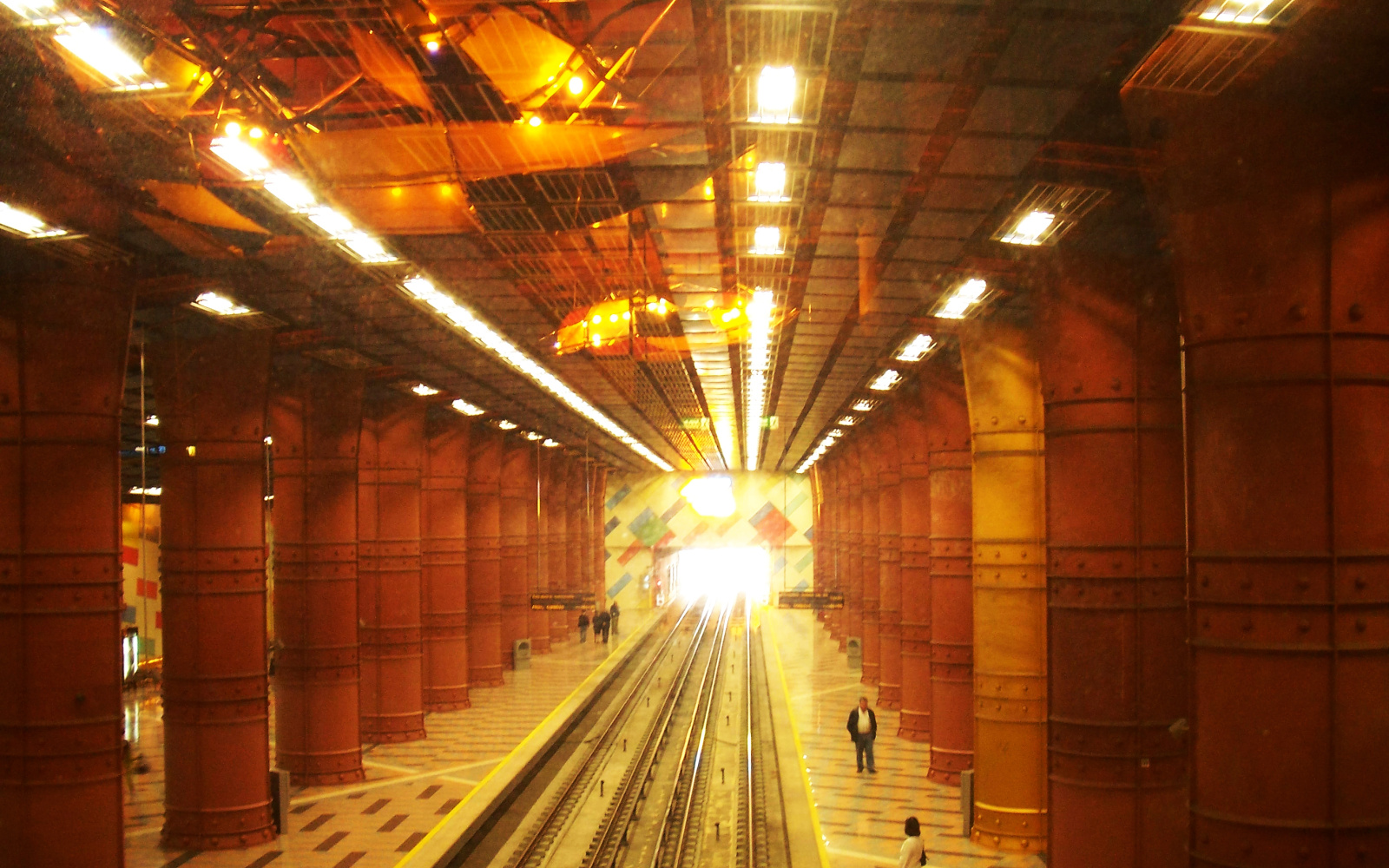Giacomo Tagliani
From »Montage Interdit« to Intermedial Authentication | Strategies of Veridiction in the Age of the Technical Producibility of the Artwork
How can reality be attested by digital image in the age of the "technical producibility" of the artwork? In fact, with the end of cinema's "ontological realism", the possibility of witnessing the world seems to be exposed to a double risk: on the one hand, thanks to the diffusion of light technologies, an illusion of coincidence of image and reality; on the other hand, because of the complete manipulability of every digital reproduction, a lack of trust in the testimonial effectiveness of the image. Between a critical ingenuity and radical scepticism, is there any possibility for the beholder to recover a belief both in the image and in the world, at the same time preserving a critical attitude towards visual representations?
This proposal addresses a specific strategy of veridiction, focusing on the turn from "authenticity" (namely, the historical and factual conditions attesting an image to be real) to what Italian philosopher Pietro Montani has defined "authentication" (that is, the discursive relations framing the meaning of a certain visual configuration). Given the intermedial condition that contemporary cinema is experiencing, this idea seems to be extremely profitable to inquiry the different ways through which cinema attempts to cope with concepts such as truth and history, curiously recalling somehow what André Bazin already wrote in his famous essays about the prohibition of montage. By recurring to some filmic examples where the limit between fiction and documentary is purposely blurred, my proposal thus aims to sketch the most recurrent features of this new realism developed in the digital age: a realism which is no more defined on ontological basis, but rather by social and cultural conditions.
Giacomo Tagliani (PhD in Visual Studies, Istituto Italiano di Scienze Umane of Florence) is currently an adjunct member of the Center for Semiotics and Theory of Image at the University of Siena. He has been visiting scholar in 2011 at the École des Hautes Études en Sciences Sociales of Paris, Centre de Theorie et Histoire de l'Art, and in 2012 at the California Institute of the Arts (Calarts) of Valencia (Los Angeles County), Department of Critical Studies. He has taken part in workshops and international conferences held in Italy, France, Spain, Switzerland and The Netherlands and is a member of the editorial boards of the international journal »Carte Semiotiche« and the website »lavoroculturale.org«.
He is co-editor of »Lo spazio del reale nel cinema italiano contemporaneo« (Genoa 2009) and has published essays and articles about political cinema, contemporary biopic, cinema and the otherness in international journals and volumes. He is in process of publishing a book entitled »Homeland. Paura e stereotipo nell'epoca della guerra al terrore« (Rome 2016) and he will edit the forthcoming volume of »Carte Semiotiche« (4/2016) titled "The Images of Control. Visibility and the Government of Bodies".
